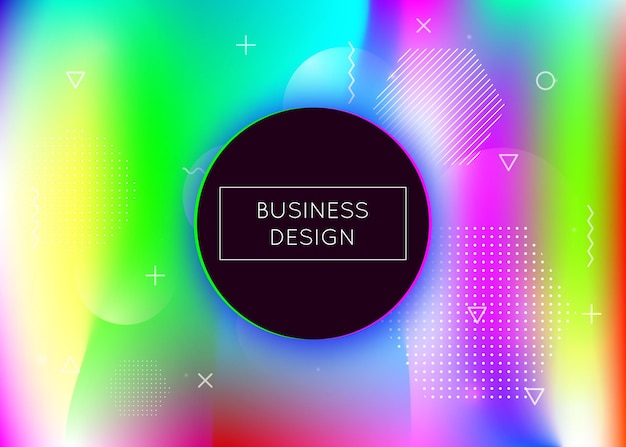
“It’s about helping people achieve a particular task,” explains Maya Rodrig, a principal program manager on Microsoft’s Fluid Framework. The idea is to be able to create these Fluid components in any app and then immediately share them without switching to a dedicated app in the first place. Microsoft is now trying to meet Office users right where they’re working on daily tasks. It’s something we keep seeing in new web-based apps, and it helped make Docs a success at a time when Microsoft was still focused on dedicated desktop-focused apps. That’s how Google Docs works, allowing multiple people to jump in and edit a document in real time. Typically, you find the app that lets you create a table, chart, or list of tasks, and then you make a document, save it, and share it so people can contribute collaboratively. Some users will even be able to start getting an early look at this Fluid future in the coming months.Īt the heart of the Fluid Framework is Microsoft’s attempt to move away from the decades-old idea of creating and saving documents. Microsoft is so confident it has built the future of productivity, it’s now open-sourcing its Fluid Framework so the rest of the world can help shape what it has created. Microsoft’s Fluid Framework sounds a lot like Google Docs, but it’s actually Google Docs on steroids. “As people work on them, they will always be updated and contain the latest information.” “Imagine you could take those Lego pieces and put them in any place you wanted: in emails, in chats, in other apps,” explains Jared Spataro, head of Microsoft 365, in an interview with The Verge.
The fluid app free#
The idea is that you could create things like a table without having to switch to multiple apps to get it done, and the table will persist on the web like a Lego block, free for anyone to use and edit. Microsoft calls its Lego blocks Fluid components, and they can be edited in real time by anyone in any app.

The tables, graphs, and lists that you typically find in Office documents are transforming into living, collaborative modules that exist outside of traditional documents.

Instead of Word, Excel, or PowerPoint, the company has created Lego blocks of Office content that live on the web. Microsoft is creating a new kind of Office document.


 0 kommentar(er)
0 kommentar(er)
